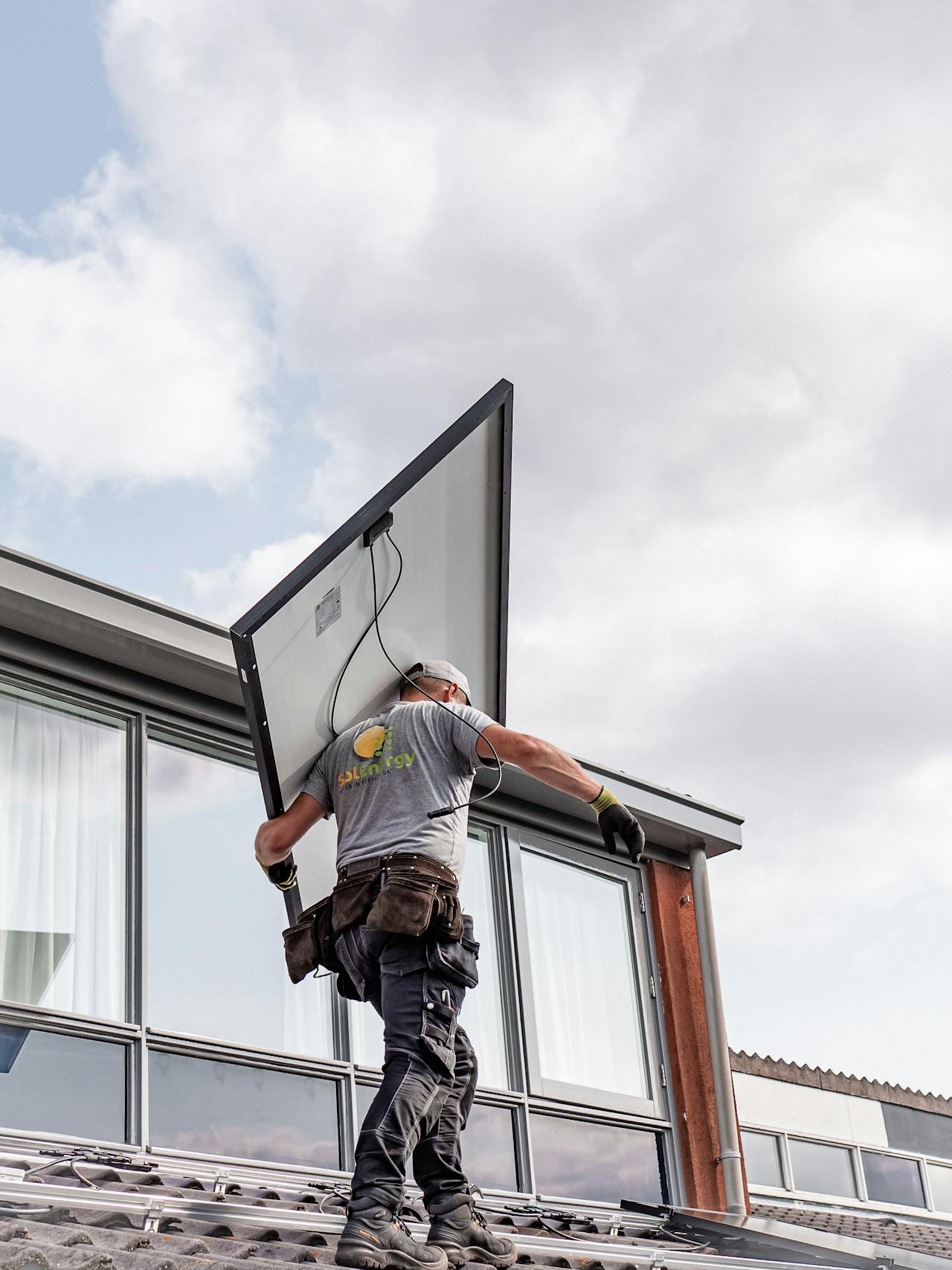
If you’ve made the switch to solar energy—or are considering it—you probably understand the environmental and financial benefits. But once the panels are installed, another important component steps in: your home’s solar battery system. Just like any other appliance, batteries don’t last forever. Knowing how long your battery will last and how to maintain it is essential for getting the best return on your investment.
In this article, we’ll break down how solar panel battery storage systems perform over time, what factors influence their lifespan, and how to care for them properly. We’ll also touch on common issues, ideal maintenance routines, and how to tell when it’s time for a replacement—so you’re never caught off guard.
Understanding Solar Panel Battery Storage
Solar panel battery storage refers to the system and process of saving excess electricity generated by your solar panels for later use. Instead of sending all your surplus energy back into the grid, the battery stores it for nighttime use, cloudy days, or emergencies. This allows you to use your solar energy more efficiently and reduce your reliance on your local utility.
Why it matters: A battery storage system maximises your solar investment by letting you draw on solar energy even when your panels aren’t generating. It also provides backup during power outages and shields you from rising utility rates.
With more homeowners investing in solar-plus-storage systems, understanding battery lifespan and maintenance is more relevant than ever.
What Is the Average Lifespan of a Home Solar Battery?
Typical Lifespan Range
Most home batteries last between 10 to 15 years, depending on their chemistry, brand, usage, and environment. High-end systems can support 5,000 to 6,000 charge-discharge cycles—equivalent to a decade or more of daily use.
| Battery Type | Average Lifespan | Typical Warranty |
| Lithium-Ion | 10–15 years | 10 years |
| Lead-Acid | 3–5 years | 2–5 years |
| Flow Batteries | 10–20 years | Varies |
Lithium-ion batteries are the most popular option due to their long life span, energy efficiency, and minimal maintenance needs.
What Affects Battery Lifespan?
Battery Chemistry
Lithium-ion batteries degrade more slowly than lead-acid alternatives. While they cost more upfront, their durability and efficiency often justify the investment.
Depth of Discharge (DoD)
The DoD indicates how much of a battery’s energy is used per cycle. Draining a battery too deeply too often can shorten its lifespan. Look for systems with at least 80% DoD for optimal performance.
Operating Temperature
Batteries degrade faster in extreme conditions. If you live in an area with harsh seasons, install your system in a temperature-controlled space or choose a battery with built-in thermal management.
Charging Cycles and Usage Patterns
Frequent cycling can reduce lifespan. However, many smart battery systems optimise charge patterns automatically to enhance longevity.
Maintenance Tips to Maximise Battery Performance
While most home battery systems are low maintenance, these tips can help you get the most out of yours:
- Keep It Clean and Dry: Install your battery in a well-ventilated, dry, and dust-free environment.
- Monitor Performance: Use mobile apps or dashboards (included with most modern systems) to check system health and energy usage.
- Schedule Routine Inspections: Have a professional assess your system every 1–2 years to catch issues early.
- Avoid Overcharging/Deep Discharging: Let your system manage this automatically, but ensure it’s configured correctly.
Common Issues and How to Address Them
Even high-quality systems can experience problems. Here are some red flags:
- Sudden Capacity Drop: If your battery isn’t lasting as long as it used to, it may be nearing the end of its cycle life.
- Inverter Errors: Some faults may originate in the inverter, not the battery. Have both checked if problems arise.
- Visible Damage or Leaks: Rare with lithium systems, but any physical damage or strange odors should be addressed immediately.
When Should You Replace Your Solar Battery?
It may be time to replace your battery if:
- It holds significantly less charge than before.
- It no longer provides sufficient backup during outages.
- It’s 10–15 years old and out of warranty.
- Maintenance costs are mounting with little performance return.
Before replacing, contact your provider to explore whether repair, reconfiguration, or an upgrade is the best path forward.
Choosing a Reliable System
When selecting a new system, consider more than cost. Look for:
- Strong warranties (minimum 10 years)
- Good brand reputation and reviews
- App-based monitoring and smart features
- Round-trip efficiency above 85%
EcoFlow offers cutting-edge, modular energy storage solutions that are ideal for both new installations and system upgrades. With robust warranties and smart energy management, it’s a trusted brand for homeowners seeking long-term reliability.
Conclusion
A solar panel battery storage system is more than an add-on—it’s a smart investment in your home’s energy resilience. While the upfront cost can be significant, understanding battery lifespan and committing to basic maintenance will ensure you maximise performance and savings over the long term.
By choosing a quality system, staying on top of maintenance, and monitoring usage habits, you’ll enjoy reliable power, lower utility bills, and reduced environmental impact for years to come.
Ready to take control of your energy future? Learn more about how a battery storage system can help you get the most from your solar setup—while building a more resilient and sustainable home.
